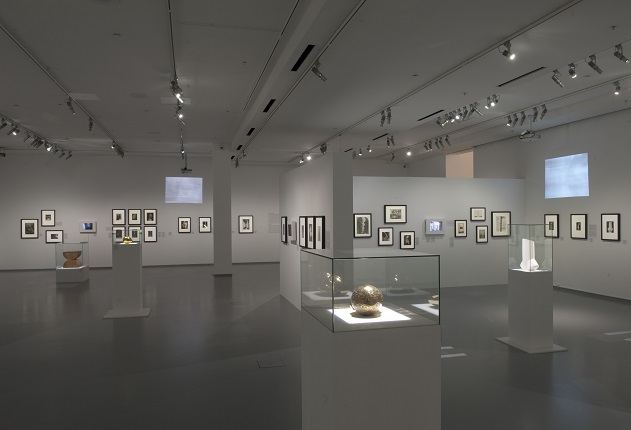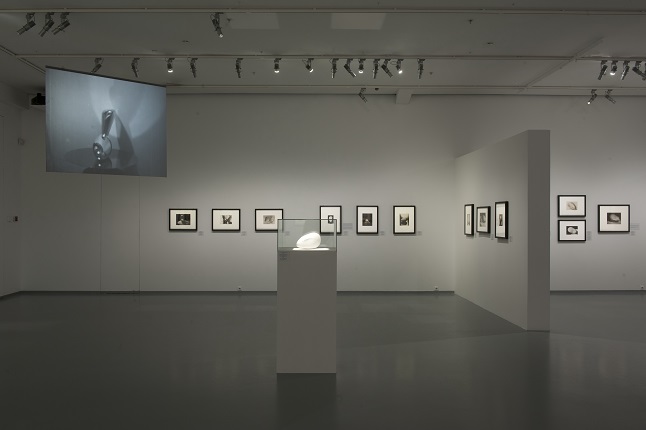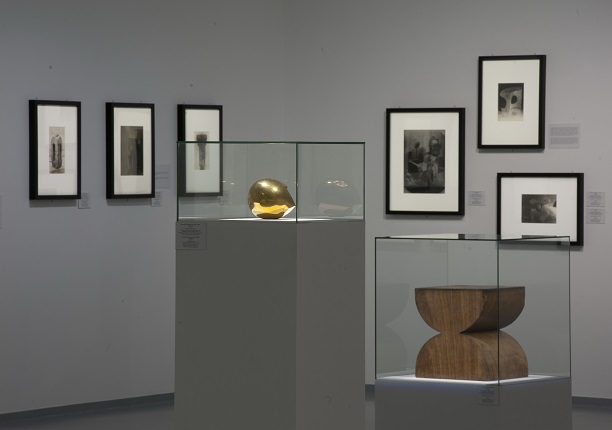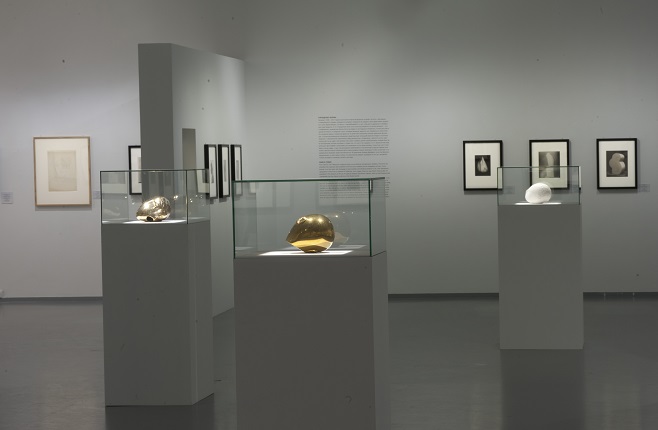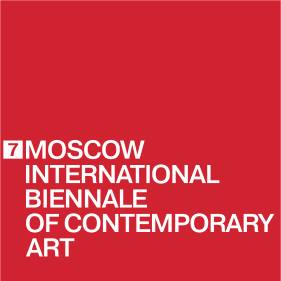Sculptures, Drawings, Photographs, Films.
from the Collection of the Centre Pompidou
Moscow, 16.09.2017—15.12.2017
exhibition is over
Share with friends
For the press
Within the framework of the parallel program of the 7th Moscow International Biennial of Modern Art, the Multimedia Art Museum, Moscow, will be showing for the first time in Russian an exhibition of works by Constantin Brancusi, one of the most influential and renowned sculptors of the 20th century.
The exhibition at MAMM is a first attempt to show the Brancusi phenomenon in in its full breadth. The exhibition reflects all aspects of this great artist’s work: sculptures, drawings, photographs and films. Ezra Pound, a close friend of the artist’s, noted that Brancusi’s works possess a cumulative effect, allowing him to create an entire world of forms that must be viewed as a whole as it creates a system and an entire vision.
Constantin Brancusi’s studio, which he bequeathed to France on the condition that the National Museum of Modern Art in Paris / the Pompidou Center would preserve it in its original form, was a multimedia space, to use the contemporary terminology. Brancusi was an innovator and an experimenter. In his work he used varied materials, combining wood, stone, bronze and marble in a revolutionary manner. His studio was a veritable ‘alchemist’s laboratory’ in which, using the available media, he searched for the means by which he could best convey his perception of the world.
As Brancusi always worked alone, without assistants, he was often regarded as solitary recluse, although that was by no means the truth. The door to his studio, which in time became one of the key centers for artistic life in Paris, was always open to his friends: Erik Satie, Fernand Léger, Man Ray, Marcel Duchamp, Tristan Tzara, Amedeo Modigliani, Edward Steichen and many more. Brancusi put on fully-fledged performances for them, with the participants including his sculptures placed on spinning stands, furniture, stone pedestals which sometimes served as tables and on occasion transformed into dancefloors, and, of course, the guests themselves. Brancusi himself played on the violin and sang Romanian folksongs, providing the soundtrack required by the artistic action.
We thought it was extremely important that we combine in the same way, in a unified space, all of Constantin Brancusi’s incarnations in order that the viewer should be able to see the world in the same way that Brancusi himself saw it, and in the way that Brancusi wanted to show it to those around him.
We all know that Brancusi was a great sculptor, and his works, which symbolized the new modernist approach in art, are known around the world. Few know, however, that he was an excellent photographer and even authored films that can rightly be considered to be just as much a part of the heritage of the modernist era.
Photography occupied a huge place in Brancusi’s work. Unhappy with the quality of the photographic reproductions of his works, he started to photograph them himself. From 1914 onwards, Brancusi created several thousand shots, focusing for the most part on his sculptures and his studio.
Brancusi’s godfather in photography and film was Man Ray. He gave advice, for the most part, of a technical nature. Man Ray wrote that Brancusi’s photographs were blurred and over or underexposed, effaced and patchy, noting that Brancusi claimed that it was in this manner that his works should be reproduced. Man Ray went on to add that perhaps Brancusi was right in this conviction, and that one of his golden birds was captured in falling rays of sunlight as if it was emitting the glow of dawn, giving the work an unexpected power. Brancusi, in turn, believed that it was specifically photography that allowed him to most accurately express the essence of his works: ‘Why write about my sculptures? Why not simply show photographs?’
Photography was never merely a means of documentation for Brancusi. If he had needed to catalogue his works, there were many who would have happily assisted him in that endeavor. Photography and film were, for Brancusi, an ideal means to convey the ‘living,’ dynamic aspect of his sculptures and to instill movement in his works. ‘Metamorphosis. Life is fermentation, and it must change in order to stay alive,’ the artist maintained. In search of this ‘live life’ he would create dozens of prints from a single negative, trying to capture the hidden meanings and the emotional experiences that are not visible to the naked eye.
Although undoubtedly fascinated by the very latest media of the day, Brancusi always remained true to himself and his artistic intuition, not recklessly giving in to the photography boom or the general excitement surrounding the new capabilities that cinematography opened up. Constantin Brancusi’s films and photographs are a kind of message to contemporaries and descendants that, first and foremost, informs them of how the artist himself envisaged his sculptures.

